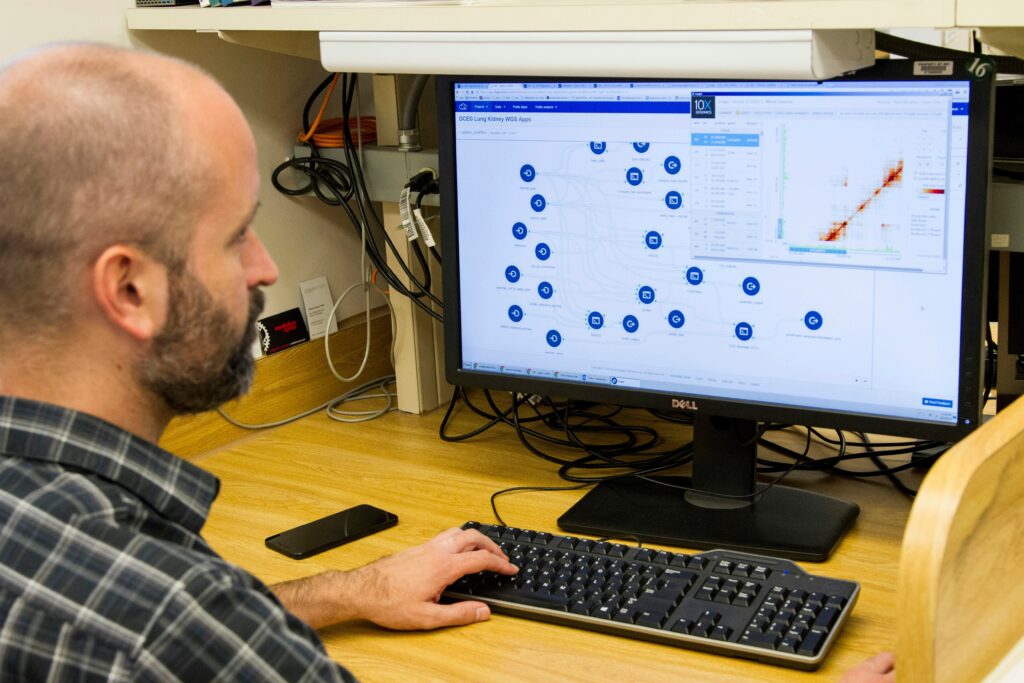
New research set to be unveiled at the Annual Meeting of the European Association for the Study of Diabetes (EASD) in Vienna, Austria, from September 15-19, highlights a compelling link between physical activity and reduced risks of mortality and major cardiac events in individuals recently diagnosed with type 2 diabetes. The study, conducted by Ms. Line Eriksen and Dr. Sidsel Domazet from the Steno Diabetes Centre Odense, Denmark, underscores the protective benefits of exercise for those without prior cardiovascular disease.
Drawing from the Danish Centre for Strategic Research in Type 2 Diabetes (DD2) cohort, the research analyzed data from 11,355 participants diagnosed with type 2 diabetes within the past two years. Participants self-reported their physical activity levels, which were categorized into sedentary, light, and moderate-to-vigorous physical activity (MVPA). The study’s primary focus was on all-cause mortality and major adverse cardiac events (MACE), such as heart attacks and strokes.
Exercise as a Prognostic Marker
Previous studies have consistently shown that physical activity enhances insulin sensitivity, regulates blood sugar, and improves body composition in individuals with type 2 diabetes. This new research builds on those findings by examining whether self-reported physical activity can serve as a prognostic marker for cardiovascular disease (CVD) and mortality risk in newly diagnosed patients.
Statistical models, adjusted for various confounders, were employed to estimate the risk associated with different levels of physical activity. The participants were monitored until the first occurrence of MACE, death, emigration, or the study’s conclusion in May 2024. Notably, individuals with previous CVD were excluded from the analysis.
Key Findings and Statistical Insights
The study revealed that 18% of participants reported being sedentary, while 62% engaged in light physical activity, and 20% in MVPA. Over a median follow-up period of 8.4 years, there were 1,149 cardiovascular events and 1,048 deaths recorded.
By the Numbers: Participants engaging in light and MVPA had a 23% and 28% lower risk of MACE, and a 27% and 33% lower risk of all-cause mortality, respectively, compared to sedentary individuals.
These associations remained significant even after adjusting for traditional CVD risk factors such as LDL cholesterol, glycated hemoglobin (HbA1c), systolic blood pressure, kidney function, and the urine albumin-creatinine ratio. The study found that MVPA was linked to a 30% reduction in MACE and a 31% reduction in all-cause mortality, while light physical activity was associated with a 20% reduction in MACE and a 22% reduction in mortality.
Implications for Public Health
The findings underscore the importance of physical activity as an independent predictor of health outcomes in individuals with type 2 diabetes. “Self-reported physical activity was an independent predictor of all-cause mortality and major adverse cardiac events in individuals recently diagnosed with T2D and no previous cardiovascular disease,” the authors concluded.
They further emphasized, “Even light activity reduces the risk of serious cardiac events and all-cause mortality, independently of classical cardiovascular disease risk factors. This highlights the potential health benefits of doing at least some physical activity instead of doing none in terms of preventing cardiovascular disease and premature deaths for individuals recently diagnosed with type 2 diabetes.”
Looking Ahead
The research aligns with global health initiatives advocating for increased physical activity among populations at risk for chronic diseases. As healthcare systems worldwide grapple with the rising prevalence of type 2 diabetes, these findings provide a valuable framework for developing preventive strategies that incorporate exercise as a key component.
Future research could explore the mechanisms by which physical activity exerts its protective effects and identify specific exercise regimens that maximize health benefits for diabetic patients. Meanwhile, healthcare providers are encouraged to promote physical activity as a cost-effective intervention to reduce the burden of cardiovascular disease and improve overall health outcomes.






